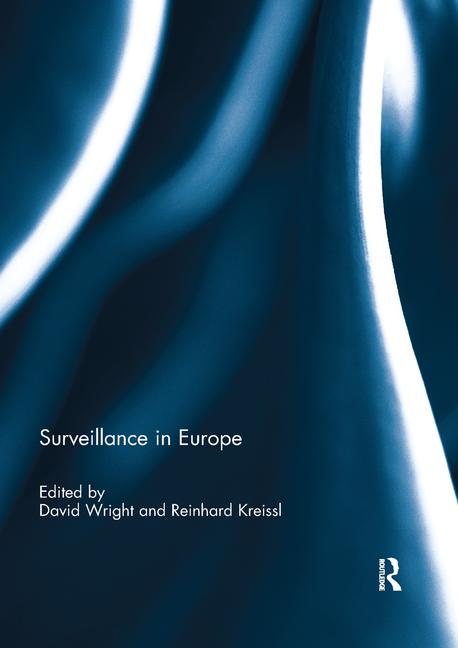In the realm of modern security challenges, the convergence of physical and cyber threats has become increasingly apparent. This merging necessitates a holistic approach to safeguarding assets, where traditional physical security measures intersect with sophisticated cyber defenses. At the forefront of this intersection lies penetration testing, a crucial component in fortifying organizations against both physical and digital threats.
Penetration testing, often referred to as pen testing, is a simulated attack on a system, network or facility to evaluate its security posture. Its primary objective is to identify vulnerabilities and weaknesses before malicious actors exploit them. Traditionally, penetration testing was predominantly associated with cyber domains, focusing on software vulnerabilities, network configurations and data breaches.
However, with the proliferation of interconnected devices and the rise of cyber-physical systems, the boundaries between physical and digital security have blurred. This evolution brought into focus physical penetration testing, which assesses the effectiveness of physical security controls such as access controls, surveillance systems, and alarm systems. By simulating real-world attack scenarios, physical penetration testing helps organizations identify weaknesses in their physical infrastructure and procedures.
While physical and cyber penetration testing may appear distinct, they share a symbiotic relationship in enhancing overall security resilience. A breach in one domain can often lead to vulnerabilities in the other. For instance, a compromised access card can grant unauthorized entry to a facility, allowing attackers to exploit network resources once inside. Similarly, a cyber intrusion targeting sensitive data can originate from physical breaches such as stolen credentials or tampered hardware.
Let’s explore why both are essential:
- Comprehensive risk assessment: Combining physical and cyber penetration testing provides a comprehensive view of an organization's security posture. By assessing vulnerabilities from both angles, businesses can better understand their overall risk landscape and prioritize remediation efforts accordingly.
- Identifying converged threats: As cyber-physical systems become more prevalent, attackers exploit vulnerabilities that straddle both domains. Penetration testing that spans physical and cyber realms is essential for uncovering these converged threats and implementing mitigation strategies.
- Regulatory compliance: Many regulatory frameworks, such as the Payment Card Industry Data Security Standard (PCI DSS) and the General Data Protection Regulation (GDPR), mandate rigorous security assessments encompassing both physical and cyber aspects. Compliance with these standards often requires organizations to conduct comprehensive penetration testing.
- Cultivating a security culture: Engaging in both physical and cyber penetration testing fosters a culture of security awareness within an organization. Employees become more attuned to potential threats, whether they originate from a suspicious email or a tailgating incident at a secure entry point.
In an era characterized by interconnectedness and digital dependency, the importance of physical and cyber penetration testing cannot be overstated. By bridging the gap between these two domains, organizations can better protect their assets, mitigate risks, and fortify themselves against the evolving threat landscape.
Embracing a holistic approach to security testing is not merely a best practice — it’s a strategic imperative in safeguarding against the ever-present possibility of exploitation and intrusion.








